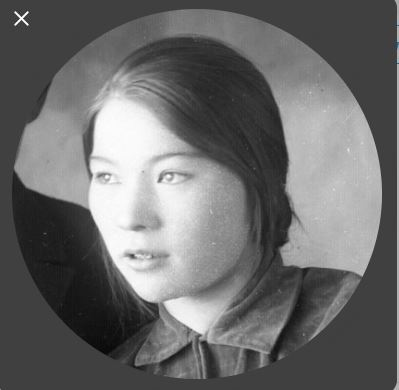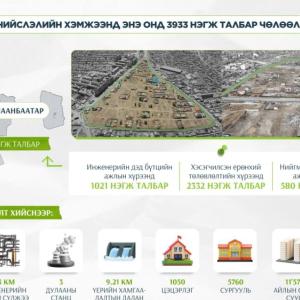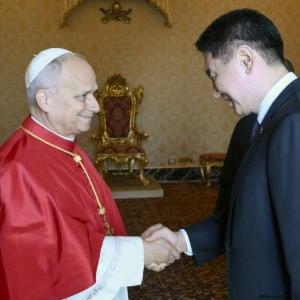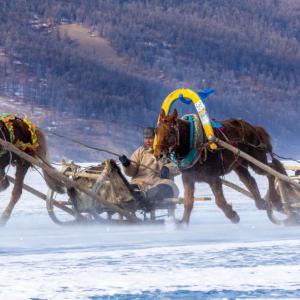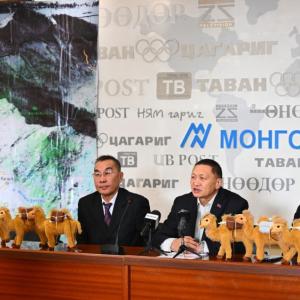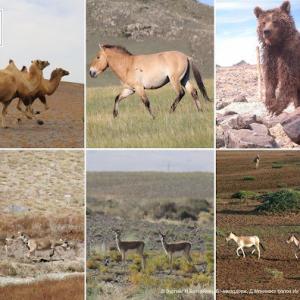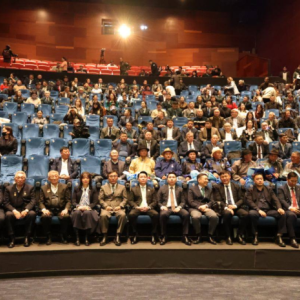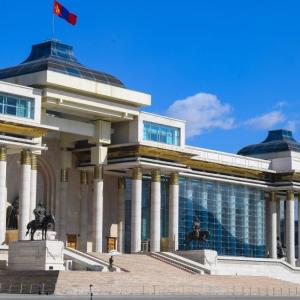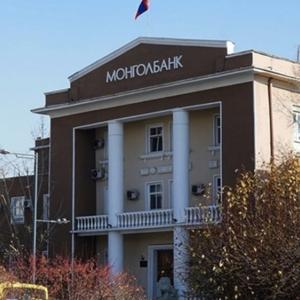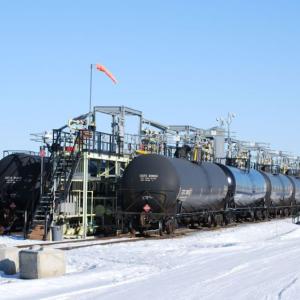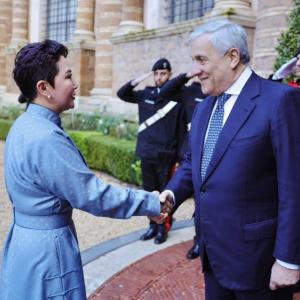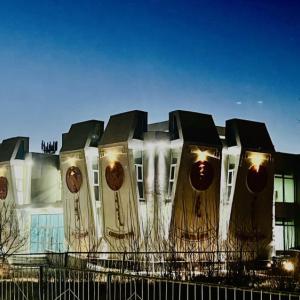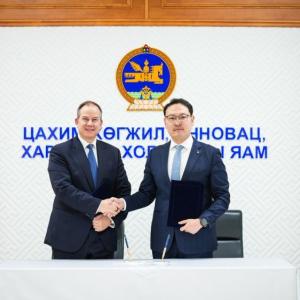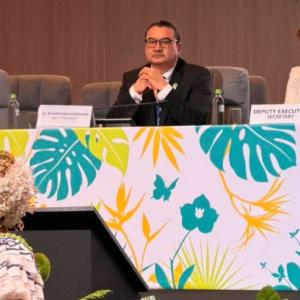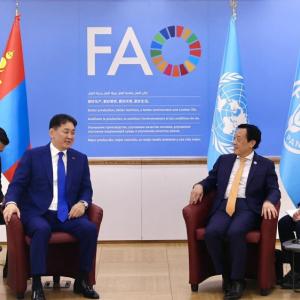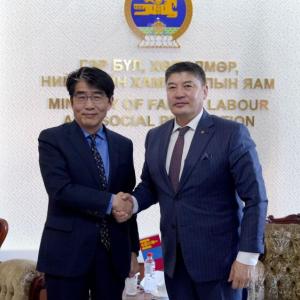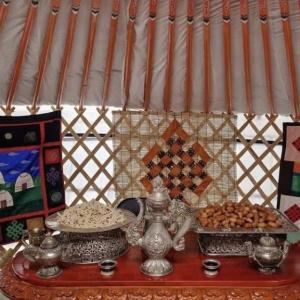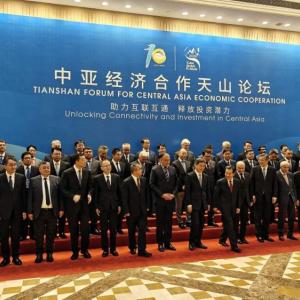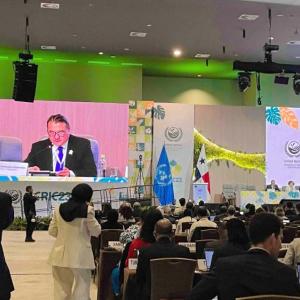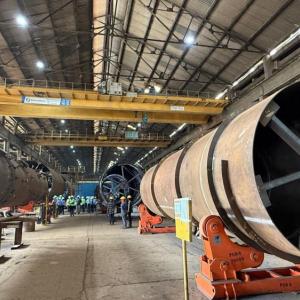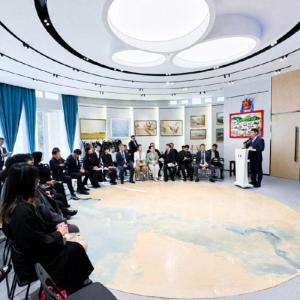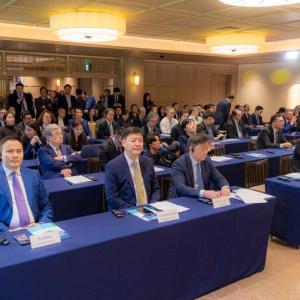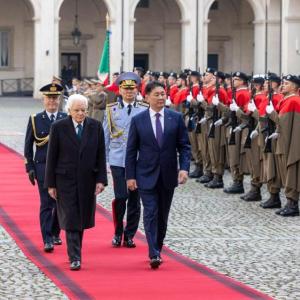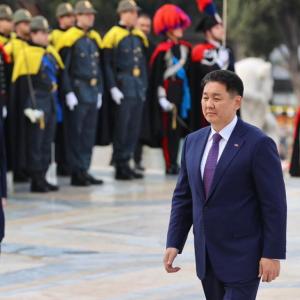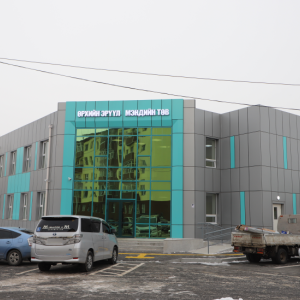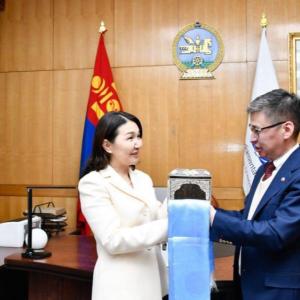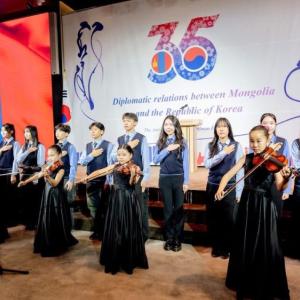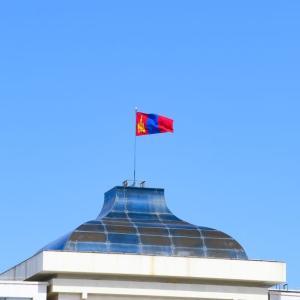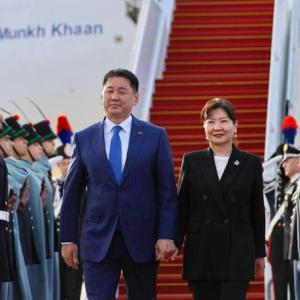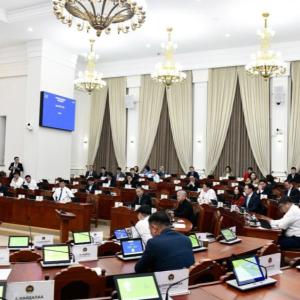Series of articles “Monasteries of Mongolia” - Monastery Kherlen’s “Eastern khuree”
Photos tell a history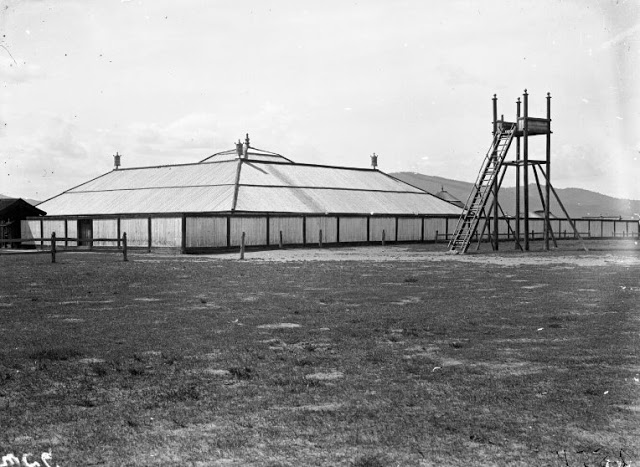
Mungunmorit soum, Tuv aimag /Central province/. Kherlen’s /river/ “Eastern khuree” /monastery/. In one of the largest historical novels of medieval Mongolia “Diamond beads” was noted that the foundation of the “Eastern khuree” monastery was laid by Undur Gegeen /the highest holiness/ Zanabazar on the bank of the Kherlen river in 1711. And in the storybook of Ch.Banzragch, B.Sainkhuu and others “The history of Mongolian monasteries” /UB. 2004/ was noted that during the reign of the governor and the Manchurian emperor’s son-in-law Jun Van /State rank/ Dondovdorj on the southern slope of the Togos Gushi mountain on the northern bank of the Kherlen river in the year of the iron hare or in 1701 were built churches, temples in order to spread religion and pray and religious ceremonies, prays were held in such temples as Jud, Tsanid, Lamiran, Mamba, Astrology, Badam Yoga, Maidar. Today ruins of this monastery exists on 28-30 km distance to the north from the center of the Baganuur district, on the western bank of the Kherlen river, on the southern slope of the Togos Khaikhan mountain, near the estuary of the Eastern Baidlag river. “Eastern khuree” or the “Old khuree” actually was the Khuree /populated locality/ of the Second Bogda /Head of the Buddhist religion of Mongolia/, who was the son of the Jun Van Dondovdorj. Here were about 10 temples such as Tsogchin, Tsanid, Jud, Mamba, Astrology, Duinkhor and many big churches. At the Khuree there were a “Gate of a generous priest”, “Square for pray” and the palace of the Second Bogda “Yellow church”. All the palaces had white fences. Around them were located fences with churches and mainly decorated by red patterns temples with round, like a Gerr /national dwelling/, forms. “Eastern khuree” locality with two crossing streets had occupied a rectangular area with oval form. In the complex monasteries “Eastern khuree” more than 1000 lamas /Buddhist monks/. As Russian scientist A.Pozdneev wrote, there was no active trading on a busy market crowded with visitors. But doctor D.Maidar had noted in his research work that in early 1930-s Chinese shops were conducting active trade in this Khuree. At the beginning of 1936 these monasteries completely closed and from 1938 began monastery destruction activities. In the historical documents and in oral stories noted that Kherlen’s “Eastern khuree” had also other names such as “Kherlen’s old khuree”, “Kherlen’s khuree”, “Old khuree”, “Eastern khuree”.
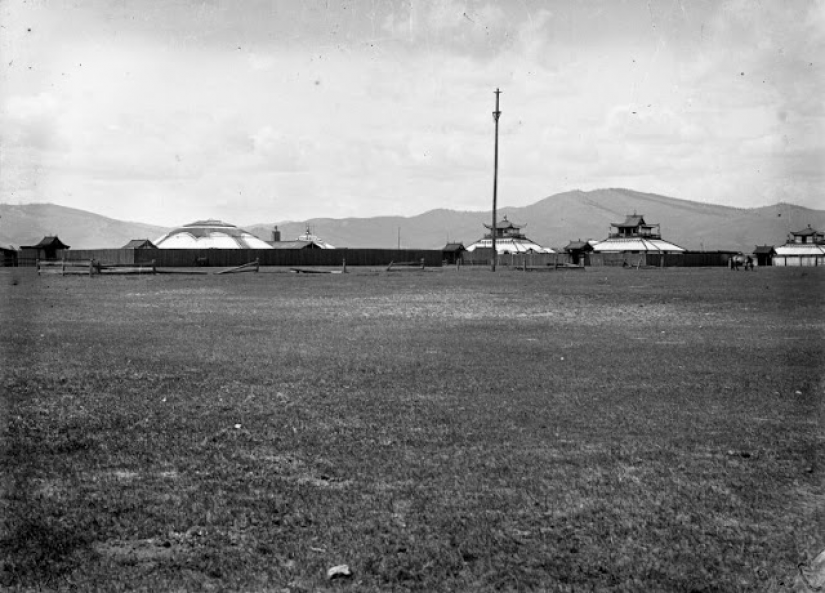 Appropriate source:
Appropriate source:
1. Ch.Banzragch, B.Sainkhuu “The history of Mongolian monasteries”, UB, 2004.
2. O.Purev, R.Oyunbileg “The history of the Mungunmorit soum of Tuv aimag”, UB, 2003.
3. L.Khenchyakhav “Small Encyclopedia of Tuv
aimag”, UB, 2003.
Note about location:
In the forest-steppe and steppe combining zone: The ruins of the “Eastern khuree” monastery exists on 28-30 km distance to the north from the center of the Baganuur district, on the wide southern slope of the Togos Khaikhan mountain, revered from ancient time. On the western side on a distance of 1 km flows Kherlen River along a willow grove and on the southeastern side on a distance of 2 km locates the center a bag /rural administrative unit/. On the western and northwestern from monastery ruins locate houses of local people for living in the summer.
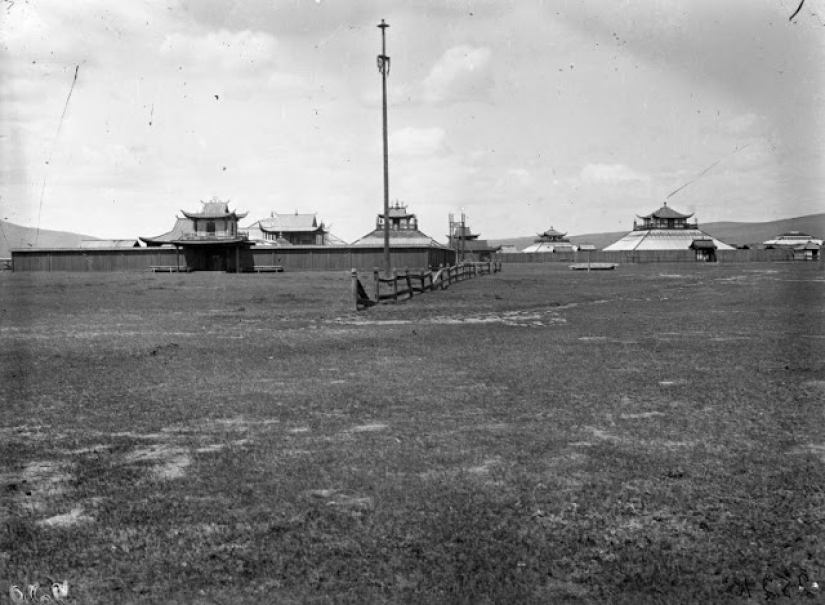 GPS address:
GPS address:
North 48° 00’ East
108° 29’
Is it remained as a monastery:
No
Situation at the time of research
works:
The ruins of the “Old khuree” on the
slope of the Togos Khaikhan mountain consist of tangible remains of 14-16
constructions 20-30 meters far from each other on the area of 640 thousand
square meters and the ruins can be defined by stone foundations and earth
mounds 10-15 cm high.
The date of monastery establishment:
1711
The year of monastery closing and destruction: Closing date: 1937 – Number of an interview:
The date of destruction: 1940-1945 –
Number of an interview:
Are there any monastery constructed at that place: No
Name and rank: Undur Gegeen /the highest holiness/ Zanabazar – Number of an interview:
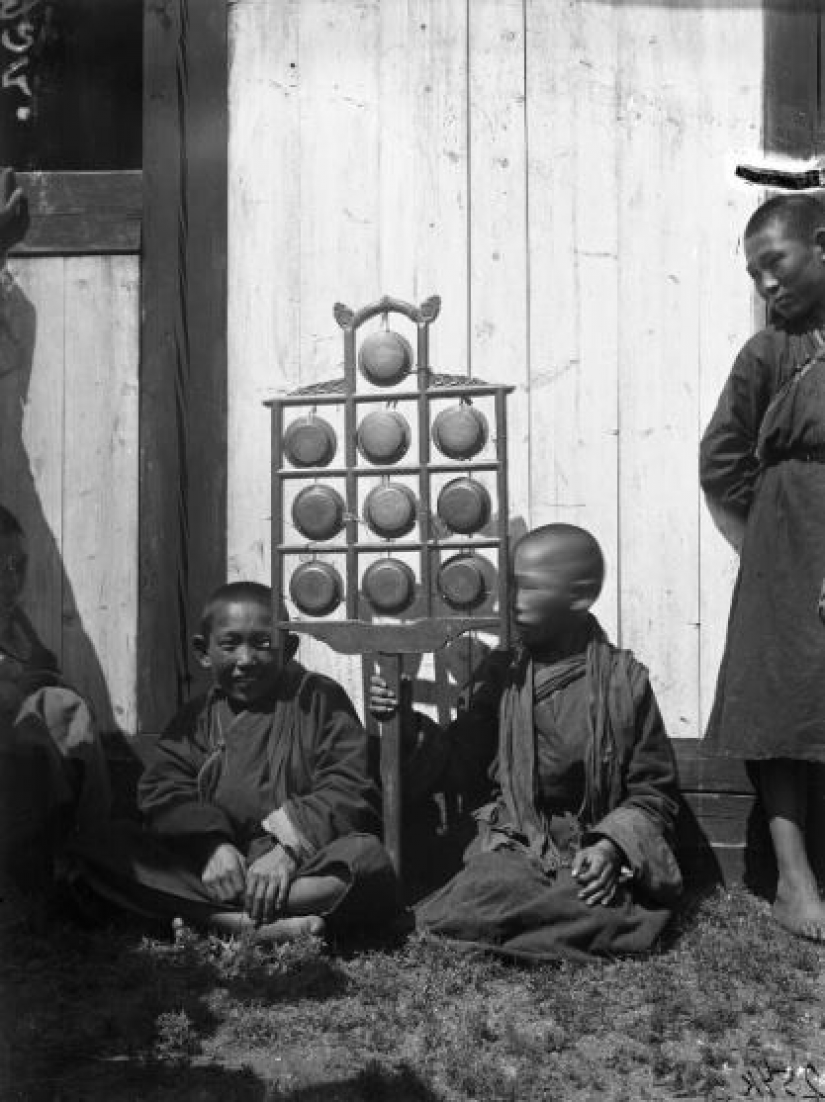
 Ulaanbaatar
Ulaanbaatar





